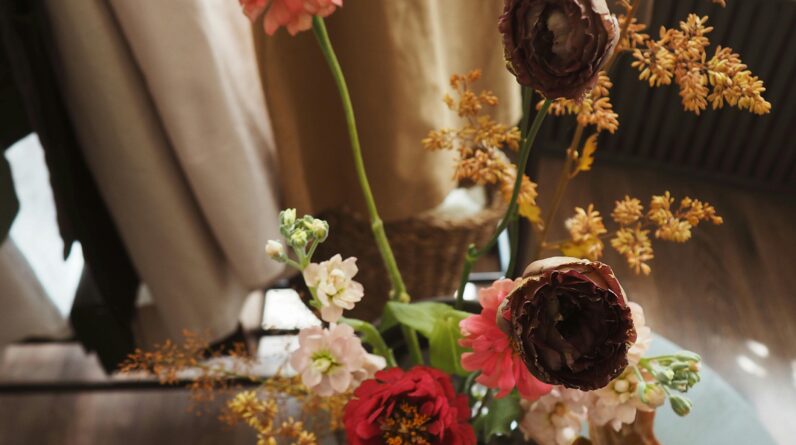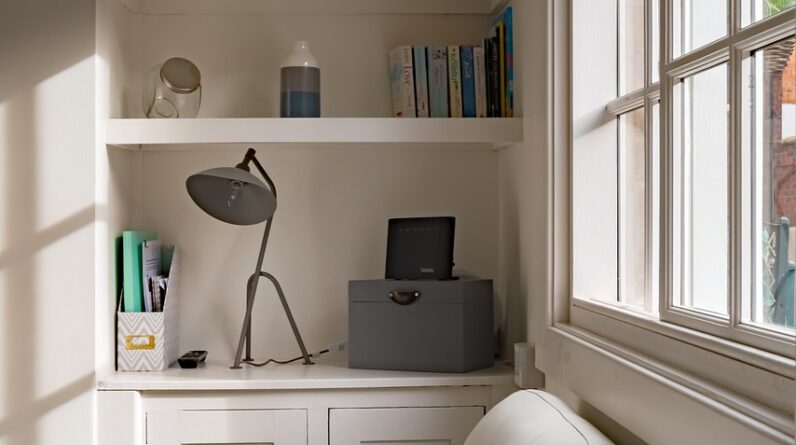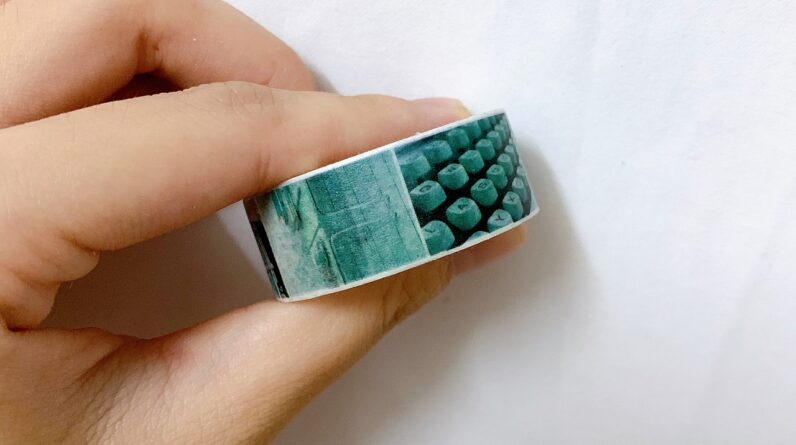
Welcome to our guide on “How to Make Beautiful Beaded Jewelry!” Together, we will dive into the wonderfully creative world of beading and jewelry-making. From selecting the perfect beads and supplies to mastering essential techniques, we’ll explore everything we need to create stunning pieces that reflect our unique style. Let’s get ready to unleash our inner artists and make some dazzling accessories!
Have you ever wondered how you can craft stunning pieces of beaded jewelry that not only make a statement but also carry a personal touch? Well, you’re in luck, because we’re here to guide you through the wonderful world of beadwork. Making beautiful beaded jewelry can be fantastically rewarding and therapeutic, and it’s more accessible than you might think. Whether you’re a seasoned artisan or a complete beginner, this guide will provide you with the essential knowledge and techniques to create your own works of art.

Understanding Beaded Jewelry
Before we dive into the step-by-step process, it’s essential to grasp the basics of beaded jewelry. This craft involves threading together beads of various shapes, sizes, and materials to create necklaces, bracelets, earrings, and more.
Types of Beads
Beads come in a plethora of varieties, and understanding these types can help you make informed choices for your projects.
| Type | Description |
|---|---|
| Seed Beads | Tiny, round beads often used for intricate designs and bead weaving. |
| Crystal Beads | Made of glass or synthetic materials, these beads add shimmer and sparkle to your pieces. |
| Gemstone Beads | Natural or synthetic stones, adding an earthy or luxurious feel. |
| Metal Beads | Made from various metals, they add weight and a tactile element. |
| Wooden Beads | Lightweight and warm, these beads often bring a natural, rustic touch. |
| Acrylic Beads | Lightweight plastic beads available in a myriad of colors and shapes. |
Tools and Materials
Equipping yourself with the right tools and materials will set you up for success.
Essential Tools
| Tool | Purpose |
|---|---|
| Beading Needles | Thin needles for threading small seed beads. |
| Pliers | Used for cutting wire and creating loops (Round-nose, chain-nose, and wire cutters). |
| Bead Mat | A non-slip surface where you can lay out your beads and designs. |
| Thread | The central material which beads are threaded onto (usually nylon, silk, or wire). |
| Bead Reamer | Helps to enlarge or smooth out the hole in a bead. |
Additional Materials
| Material | Purpose |
|---|---|
| Clasp Findings | Essential for closing necklaces and bracelets. |
| Jump Rings | Small metal rings used for attachments or connecting elements. |
| Bead Caps | Added decoratively at the ends of beads. |
| Crimp Beads | Small metal beads used to hold the wire in place, mainly in finishing off the ends of a jewelry piece. |
Getting Started: Bead Selection and Design
Choosing Your Beads
One of the first steps in creating beautiful beaded jewelry is selected the right beads. Think about the overall design you want to achieve, whether it’s classic, contemporary, boho, or elegant.
Basic Design Principles
Understanding basic design principles will help you create visually appealing pieces.
Color Theory
Colors evoke emotions and set the tone of your jewelry. Use color wheels and consider complementary, analogous, and triadic color schemes for more professional and stunning results.
Shapes and Sizes
Play with bead shapes and sizes to add visual interest and texture to your designs. Mixing large beads with small seed beads, for example, can create a balanced and intricate look.
Techniques for Beading Jewelry
Now that you have your materials, it’s time to dive into actual beading techniques.
Stringing
Stringing is the most straightforward beading technique where you simply thread beads onto a string or wire.
- Cut a length of string or wire, leaving enough at both ends for attaching clasps.
- Thread your beads in the desired pattern.
- Attach your clasp using crimp beads and pliers.
Bead Weaving
Bead weaving involves sewing beads together to form intricate patterns. Techniques like peyote stitch, herringbone weave, and brick stitch are popular.
- Peyote Stitch: This creates a brick-like pattern, perfect for making cuff bracelets.
- Herringbone Weave: Creates a chevron pattern, often used for making wider pieces.
- Brick Stitch: Develops a staggered pattern resembling brickwork, great for making shapes.
Wire Work
Using wire instead of string can give your jewelry a more sculptural quality.
- Cut a length of wire and create a loop at one end.
- Add your beads to the wire.
- Create a loop at the other end, securing it with pliers. You can also wrap the wire around beads to form cages or spirals for added design elements.
Creating Links and Connecting Elements
Frequently, you’ll create several linked elements and join them together. This involves making wrapped loops and connecting them with jump rings.
- Making Wrapped Loops: Take a piece of wire and create a loop, then wrap the wire tail around itself multiple times to secure.
- Using Jump Rings: Open a jump ring by twisting it sideways (never pull it apart), connect the elements, and twist back.
Combining Techniques for Complex Designs
To take your jewelry-making skills to the next level, it’s often necessary to combine different techniques. For example, you might string a necklace and then add bead-woven components or wire-wrapped elements.
Creating Multi-Strand Jewelry
Multi-strand jewelry adds depth and complexity to your pieces:
- Planning Your Design: Use a bead board to layout multiple strands and ensure they complement each other in terms of length and style.
- Stringing Strands: Use a clasp with multiple loops or attach each strand individually to a common connector.
- Finishing Touches: Ensure all ends are securely fastened with crimp beads and well-attached to the clasp.
Adding Charms and Focal Points
Adding charms or a large focal bead can instantly elevate your design.
- Choose a focal bead that stands out in size or color.
- Place the focal bead centrally or in a key position within your design.
- For charms, use jump rings to attach them at various points for added detail.

Caring for Your Jewelry
Beautiful beads need care. Proper storage, cleaning, and maintenance will ensure your creations stay in tip-top condition.
Storage Tips
- Separate Compartments: Use bead organizers with individual compartments to prevent tangling and scratching.
- Cool, Dry Place: Store your beads and jewelry away from sunlight and moisture to prevent discoloration and degradation.
Cleaning Your Jewelry
- Gentle Soap and Water: For most beads, a mild soap solution and soft cloth are sufficient.
- Avoid Chemicals: Harsh chemicals can ruin the finish on beads, especially metal and gemstone beads.
Creating Professional-Quality Pieces
If you want your pieces to look store-bought, paying attention to finishing details is crucial.
Polishing and Finishing
- Inspect Your Work: Look for any stray wires or threads and tuck them in neatly.
- Polish Findings: Use a polishing cloth to shine up metal components and clasps.
Taking Your Craft to the Next Level
- Learning Advanced Techniques: Consider mastering bead embroidery, loom beading, or advanced wire work.
- Taking Classes: Local craft stores or online platforms offer courses for various skill levels.

Marketing and Selling Your Jewelry
If you’re interested in turning your hobby into a business, there are several avenues to explore.
Building a Brand
- Consistent Style: Develop a unique, recognizable style that sets your work apart.
- Professional Photography: Take high-quality photos of your pieces to showcase their beauty online.
Using Online Platforms
- Etsy and Similar Platforms: Set up shop on Etsy, eBay, or other specialized marketplaces.
- Social Media: Use Instagram, Pinterest, and Facebook to build a following and drive traffic to your store.
Participating in Craft Fairs
- Local Markets: Look for local craft fairs and markets where you can sell your jewelry in person.
- Presentation Matters: Invest in attractive displays and packaging to entice buyers.
Conclusion
Creating beautiful beaded jewelry is an artistic journey that not only results in wearable works of art but also offers a fulfilling, creative outlet. From selecting your beads and mastering diverse techniques to caring for your exquisite pieces and potentially selling your designs, there’s a world of possibilities awaiting you. We hope this guide has provided the foundation and inspiration you need to embark on your beading adventure. Now, gather your tools and beads, and let your creativity shine!







